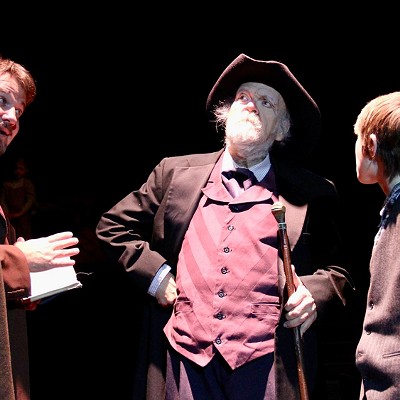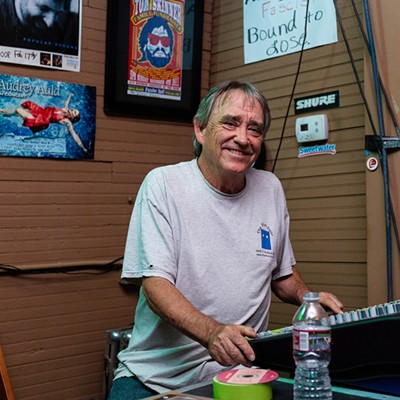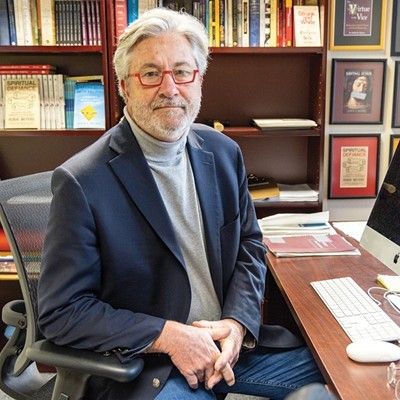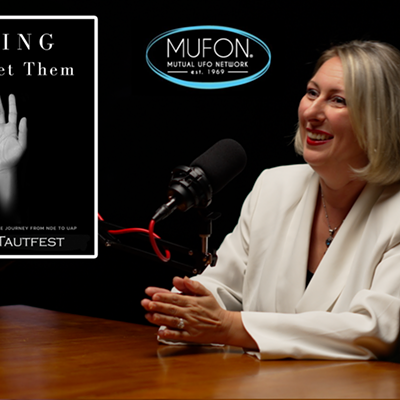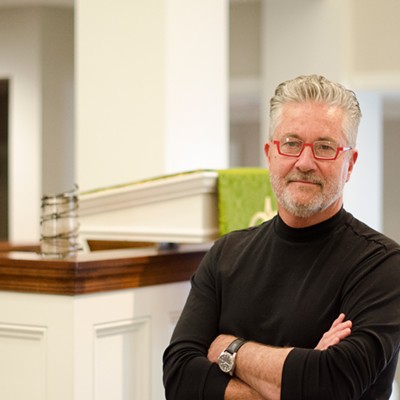One key to Denver’s success is how its components connect and work together. Its convention center, transit, public spaces and other developments serve and support each other.
The project manager for FasTracks, Denver’s 122-mile rail plan, explained it this way: “This is not a transit-building project. This is a city-building project.”
The objective is not the project itself, but what it does for the city as a whole. I wondered whether we in Oklahoma City are thinking of MAPS 3 that way.
The goal of the streetcar, the convention center, the park and other projects should be to make a better city, not just to be their own reward.
For example, as we analyze the proposed site for the convention center and review the conceptual studies due soon, we should ask the right question — not, “What site is best for the convention center?” but, “What site for the convention center is best for the city?” Interestingly, Denver leaders initially favored another site for their new convention center and had even spent a year in negotiations for the site. But after further study, a proposed “dark horse” site was determined to be better, due largely to its potential to positively impact the surrounding area, which at that time was blighted, full of empty lots and flophouses.
Looking at that center now, the location seems perfect, a beautiful backdrop to Denver’s central business district. High-rise hotels and restaurants line the downtown side, while fast-food restaurants and low-rise, suburban-type buildings dot the far side. A light rail transects the convention center east-towest. Overall, the convention center has a great net impact on the city.
Another key to Denver’s success is historic preservation. Two of its most vibrant, exciting places are Larimer Square and Lower Downtown (known as “LoDo”), both of which were once derelict and slated for demolition.
In the 1960s, preservationists prevented the demolition of Larimer Square by Denver’s Urban Renewal Authority and helped create that city’s first historic preservation district. Now Larimer Square is thriving, filled with shops and restaurants.
LoDo was Denver’s skid row in the 1980s. Over opposition from property owners, Mayor Federico Peña secured historic-district designation for the area, which spurred private investment, including lofts, galleries, and offices. Today, it boasts more than 3,700 housing units and is one of America’s most successful urban neighborhoods.
Our recent successes in Midtown, Automobile Alley, Bricktown, Paseo, and the Plaza District derive in part from the historic buildings that provide unmistakable character. Future development downtown and in Core to Shore will benefit by preserving what makes OKC unique.
Denver is a great place for a convention — not so much because its convention center is large and beautiful, but because Denver is a great city.
Batchelor is the chair of Urban Land Institute Oklahoma and president of the Center for Economic Development Law.


